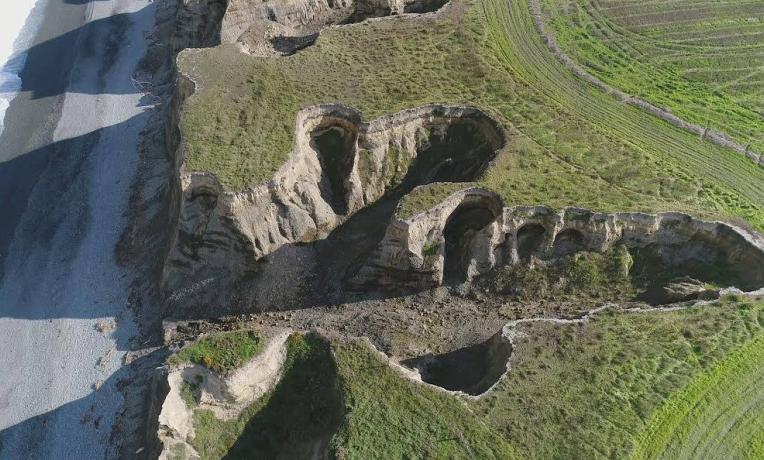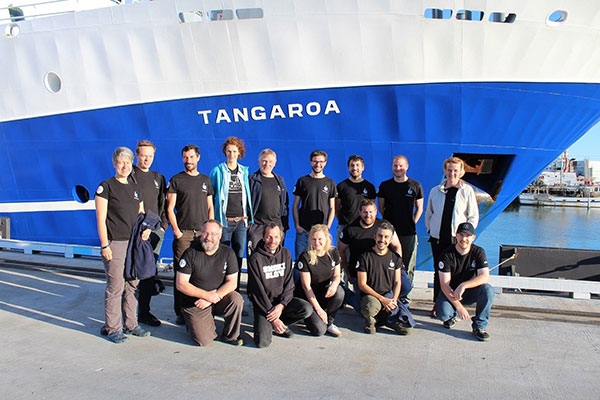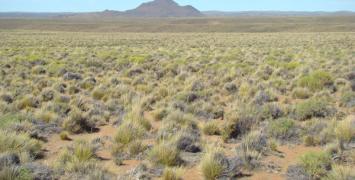What’s under the sea?
Ever since observing a map of a marine landslide as a young geology student, Dr Aaron Micallef was hooked on the beauty of the sea floor. Now, he works on understanding the forces that shape the Earth’s landscapes, both above ground and below the sea level. His MARCAN project studies the impacts of groundwater on canyon formation in Malta and New Zealand. This investigation may reveal where we will be getting our drinking water in the future.

In the last 2.5 million years, sea water levels have mostly been lower than what they are today. This allowed large quantities of rainwater to infiltrate into the exposed sea floor, developing groundwater reservoirs. After sea water level rose, these reservoirs became trapped under the sea.
Dr Micallef claims that offshore groundwater plays a part in the formation of large geological features, like submarine canyons. These structures are the most dramatic and widespread in the world. They serve as channels for the flow of marine currents, accumulating nutrients that attract biodiversity, as well as waste. He specifically focuses on describing and modelling the effect that the flow and seepage of offshore groundwater water has on the seafloor.

The first expedition involved a 4-week long oceanographic cruise in New Zealand. © Aaron Micallef, MARCAN project 2017
This year, in the course of a long ship expedition in New Zealand, the scientist and his team worked on retrieving samples to obtain an idea of the composition of the seafloor, as well as electromagnetic information on where these freshwater reservoirs are actually found. The new data will shed light on these geological processes, as well as on whether the reservoirs have the potential to provide drinking water, especially in areas that are already under much water stress.

Scientist carrying out an electromagnetic induction survey to quantify sub-terrain resistivity and map the water table along the Wakanui coastline, New Zealand. © Aaron Micallef, MARCAN project 2017
“Without the ERC funding I would simply not be doing this job,” states Dr Micallef, who is based at the University of Malta. “I would have had to leave, or I would mostly be teaching, since there is little local funding for projects like mine and for non-applied research.” His Starting Grant project started in January this year, with the expedition to New Zealand in April 2017. He is preparing a second expedition around Malta in early 2018.

Digital elevation model of the study area in the northwest of Malta. © Jurgen Spiteri






